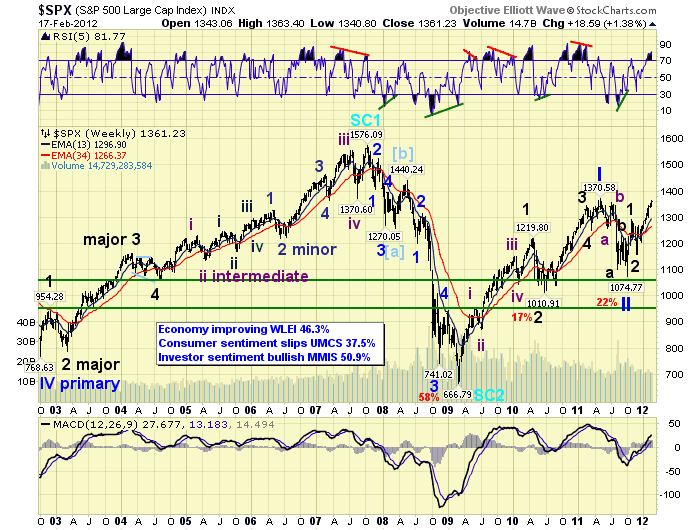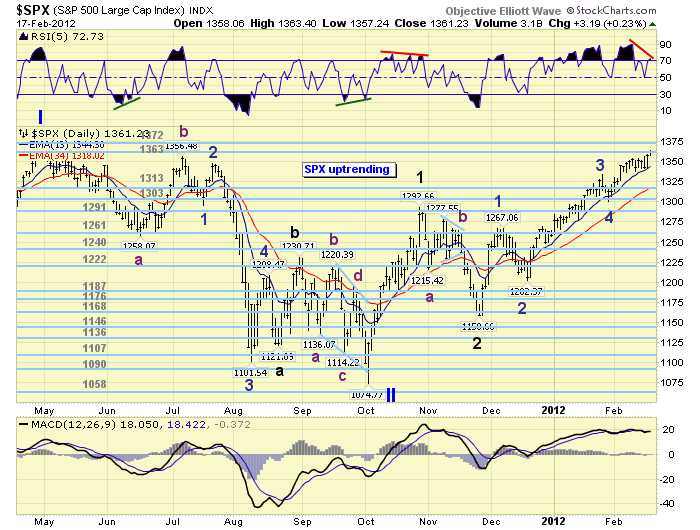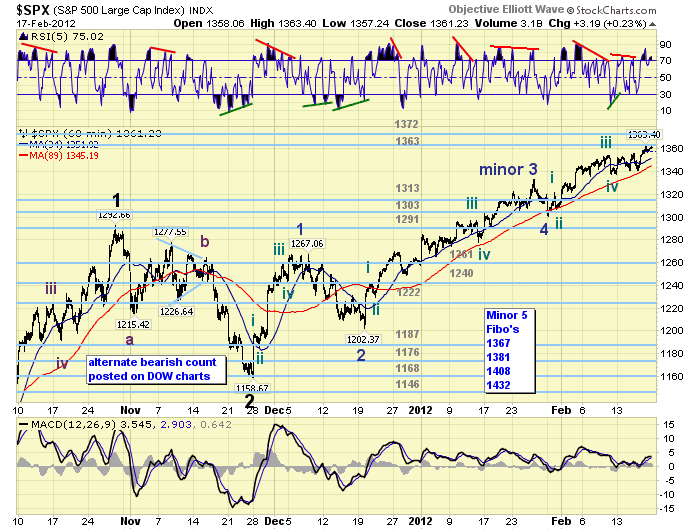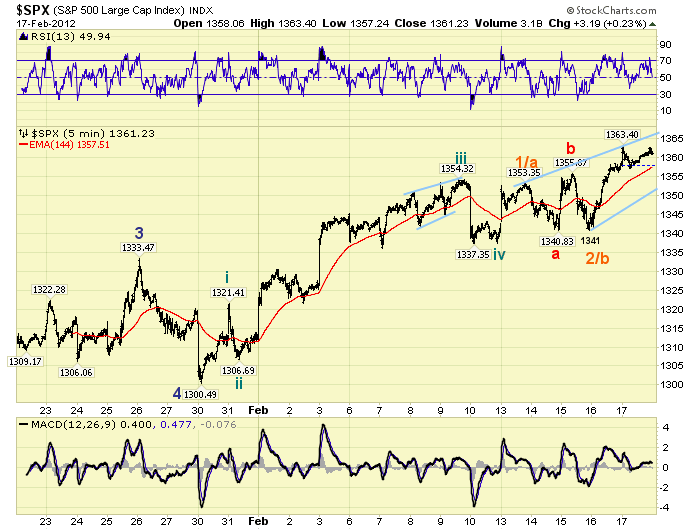The lightness of the correction in gold is very bullish for the metal as well as its ETF vehicles, and as this drought ends, the next big leg up may soon begin.
The two-week pullback in gold futures from the early February highs was very mild, as it also was in the most popular gold ETFs .
With less than a 3% correction from the highs, last week’s close suggested that the correction might be over. Tuesday’s strong opening and the close above the recent swing high supports this view.
The weekly and daily chart formations have indicated for several months that the drop from the early September highs was just a pause in the uptrend. Thesecontinuation patterns are one of my favorite formations to trade.
The completed flag formations on both the futures and ETFs have initial upside targets well above the September 2011 highs. Therefore, the two key gold ETFs, the Spyder Gold Trust (GLD ) and the iShares Gold Trust (IAU ), both look attractive for new purchases, as the recommended stops make the risk very manageable.
Click to Enlarge
Chart Analysis: The weekly chart of the gold futures shows the completion of the flag formation (lines a and b) in the latter part of January.
- The tight weekly ranges and triple “dojis” made a deeper correction less likely
- Once above the 2011 highs at $1,942, the 127.2% upside target is at $2,035
- As I noted in my article on longer-term Fibonacci projections, the next “major target is $2,274”
- The weekly on-balance-volume (OBV) closed last week very strong, as it shows a bullish zig-zag formation
- The weekly OBV is leading prices higher, even though the daily OBV (not shown) is still below its WMA
- There is short-term support for the April futures at last week’s low of $1,706, with more important levels at $1,652
The daily chart of the Spyder Gold Trust (GLD ) shows the completion of the flag formation, lines d and e.
- There is near-term chart resistance at $173.80, and then further levels in the $175.40 area
- The flag formation has a 127.2% Fibonacci retracement target in the $196 area
- The daily OBV confirmed the price breakout as it overcame its downtrend, line f. The OBV is still below its WMA but has turned higher
- Short-term support now sits at $170.75 to $169.50, with more important levels at $166
- GLD’s recent correction held well above the 38.2% Fibonacci retracement support at $162.40, as the recent low was $166.17
- The breakout level (line d) and stronger support in the $158-$162 area
Click to Enlarge
The hourly chart of GLD shows the completion of the “flag formation” (lines a and b) with the gap higher opening Tuesday.
- This formation has a short term 127.2% Fibonacci retracement target at $172.60
- The hourly OBV confirmed Tuesday’s price action as it overcame the resistance at line c
- The gap support is now in the $168.33 to $169.59 area
Investors should also consider the iShares Gold Trust (IAU ) which has a slightly lower expense ratio than GLD. The daily chart shows that after completing the flag formation, lines d and e, the pullback has also been slight.
- There is next resistance in the $17.60 area, and then at the September high of $18.63
- The 127.2% Fibonacci price target is at $17.68
- The daily OBV has turned up and a move back above its flat WMA will confirm that the correction is over
- There is minor support now at $16.60-$17 with stronger at $16.30
What it Means: The shallowness of the correction in gold and the gold ETFs is typically very bullish, as it suggests that prices can accelerate to the upside from current levels.
The previously recommended buying zones were not hit, and stops not under the recent lows should hold.
How to Profit: For the SPDR Gold Trust (GLD ), go 50% long at $170.44 and 50% long at $169.12, with a stop at $164.88 (risk of approx. 2.9%).
For the iShares Gold Trust (IAU ), go 50% long at $17.08 and 50% long at $16.86, with a stop at $16.32 (risk of approx. 3.8%).















